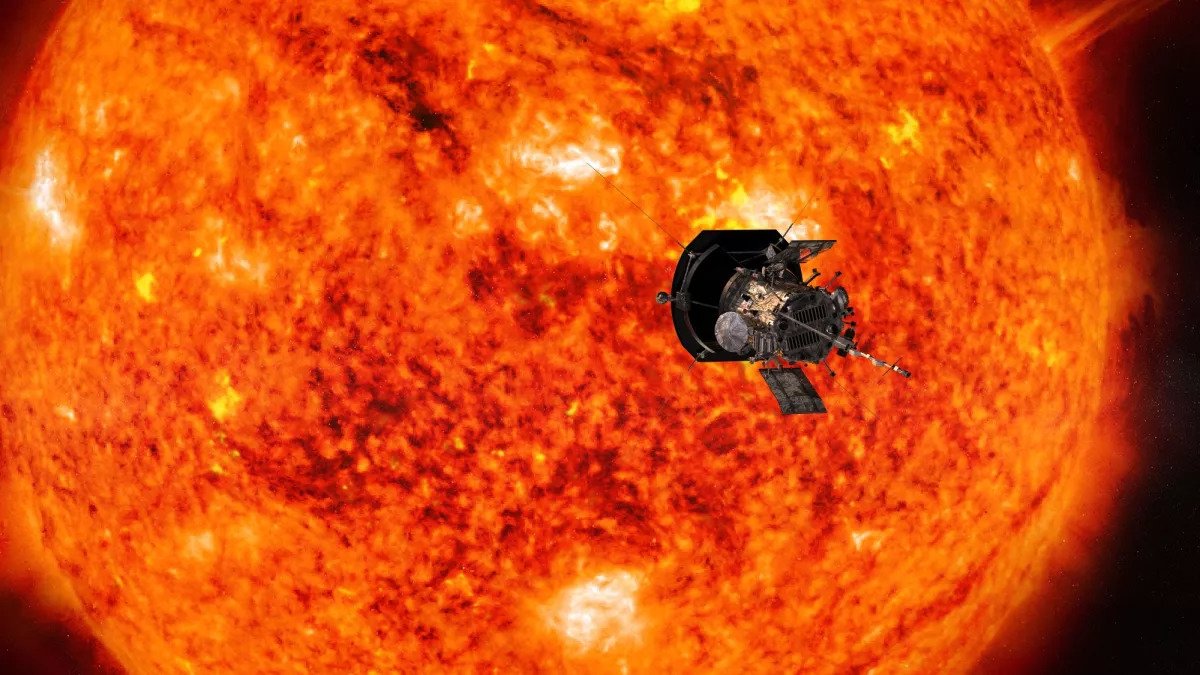The Parker Solar Probe flew near the Sun at a distance of 5.3 million kilometers from its surface. This happened during the period of increased activity of the luminary. Scientists hope to get new data on solar flares.

Thirteenth flight of Parker Solar Probe
On the morning of September 6, the automatic Parker Solar Probe flew perigee for the thirteenth time — the point closest to the Sun in its orbit. The device is gradually approaching the star. This time it was 5.3 million km away. This is about 8 times less than the minimum distance from Mercury to our luminary.
The peculiarity of this flyby is that it occurs during a period when there is an Earth-sized spot on its surface that has just thrown a giant portion of plasma into space. Parker Solar Probe flew into space in 2018 during the minimum activity of our star, and it encountered such powerful coronal phenomena for the first time.
Even more, it is the first device that can observe coronal ejections at such a small distance from the Sun. It is planned that it will make at least 11 more perihelion flights and in at least one of them it will encounter a coronal mass ejection directly.
Double observation of the Sun
Usually spacecraft avoid the action of solar flares. But this probe has as one of its main tasks the study of the corona of our luminary and all the processes taking place in it. Therefore, scientists will be extremely valuable for any result of its interaction with the coronal mass ejection.
This span will also be unique in that increased activity will be observed from two points at once. The Solar Orbiter probe has just encountered a coronal mass ejection during a flyby near Venus. At the same time, it is located much further from the Sun than the Parker Solar Probe. In addition, ground-based observatories joined the observations.
All this allows scientists to see changes in the parameters of the ejection during its propagation in space, when it passes first by one probe, and then by another. But the scientists plan to get the most interesting results.
According to www.space.com
Follow us on Twitter to get the most interesting space news in time
https://twitter.com/ust_magazine

